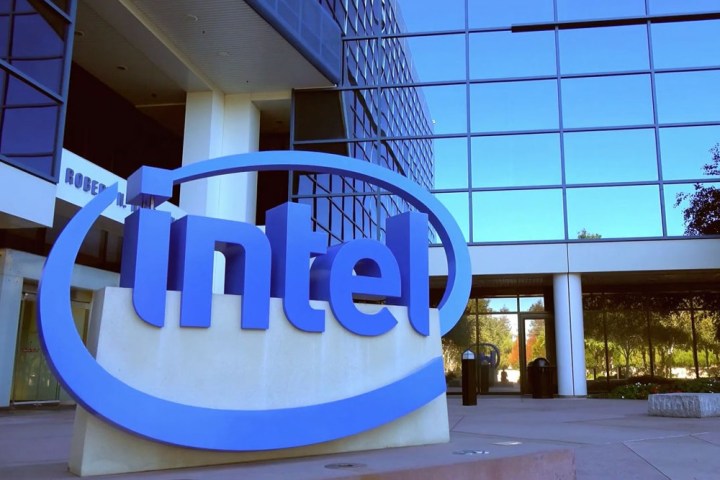
The flaw, which exists in certain Intel chipset firmware versions utilized by some systems with vPro processors, affects the Active Management Technology, or AMT, feature. AMT lets administrators manage machines via remote connections, and the vulnerability allows attackers to bypass authentication and utilize the same capabilities, Ars Technica reports.
AMT is a part of the remote access features of some systems that allow remote access to a machine even when it’s shut down. As long as such a machine has power, it can by design be accessed with all the intended remote capabilities enabled.
Intel designed AMT to demand a password before allowing remote access via web browser. Unfortunately, the flaw allows attackers to bypass the AMT system’s usual authentication requirement. Tenable Network Security, which has created what it characterizes as the first Intel AMT vulnerability detection capability, describes the flaw as follows:
” … we reduced the response hash to one hex digit and authentication still worked. Continuing to dig, we used a NULL/empty response hash (response=”” in the HTTP Authorization header). Authentication still worked. We had discovered a complete bypass of the authentication scheme.”
As Ars Technica points out, the issue is made even worse by the AMT feature’s design, in which network traffic is passed through the Intel Management Engine and to the AMT, bypassing the operating system. That means that there’s no record of unauthorized access.
Intel indicated in a blog post that PC manufacturers should be releasing patches for affected systems within the week. It also posts a tool to locate and diagnose vulnerable systems. Fujitsu, HP, and Lenovo have provided information on their own affected systems. So far, the Shodan security search engine has located more than 8,500 machines that are vulnerable to attack.
Updated on 5-10-2017 by Mark Coppock: Clarified that the flaw exists in certain chipset firmware and not inherent in Intel vPro processors and removed the incorrect reference to any empty text field being able to bypass AMT authentication.
Editors' Recommendations
- The Spectre flaw is back — and Intel Alder Lake isn’t safe
- Massive iPhone security flaw left millions of phones vulnerable to hacks


